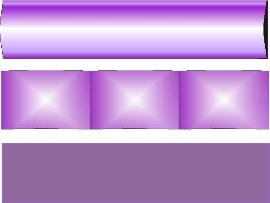|
|
Left to its own devices film is seldom flat. Even when properly stored in glassine
envelops , -and between flat objects like books, it is not flat. It assumes a curvature due
to its inherently unbalanced construction.
|
|
|
Plywood consists for the most part of several layers, optimally an uneven number of
layers. In consequence, any tendency of one layer to curl in a given way is balanced by
another's tendency to do likewise but in opposite direction. Plywood never consists of
only two layers for that reason. It has a tendency to warp because there are not enough
layers to balance the forces that cause to curl.
|
|
|
- The emulsion which contains the light sensitive substances in a gelatin base.
- The backing which is now polyester, similar to Mylar.
|
|
|
The gelatin in the emulsion is water sensitive, it traps or releases water according to the
surrounding environment. If it is humid, it traps water and if it is dry, it gives up water.
According to the environment it swells if it is humid and shrinks if it is dry.
|
|
|
The backing is NOT wanter sensitive nor does it change in response to changes in
humidity
|
|
|
Evidently, the backing & the emulsion, do not have identical physical properties and do
not respond identically to humidity.
- The backing is immune to changes in humidity but the emulsion readily absorbs it.
- Since the swollen emulsion is bonded to the unyielding backing, a tug of war
ensues:
- In high humidity, the emulsion has the tendency to swell or grow in size but it
cannot stretch the backing so it takes a detour: It adopts a position as the outer
layer of a curve, in which the backing is the larger of the two. Now the backing is
consigned to being the inner element in the curl.
- In low humidity, prevalent during the heating season, the reverse occurs: The
emulsion shrinks but the backing does not. Now the emulsion becomes the inner
element in the curve due to its smaller size.
|
|
|
With time the gelatin hardens, -oxidizes and will not respond as readily to changing
environmental conditions. Straightening old film can then be more difficult and the
surface tension of the scanning fluid may not be strong enough to keep the film flat. In
such cases it may be necessary to fluid mount in between two glass plates tightly taped
at the edges. In an imperfect world, the additional refraction from the extra glass may be
less objectionable that an out of focus scan or Newton Rings.
|
|



